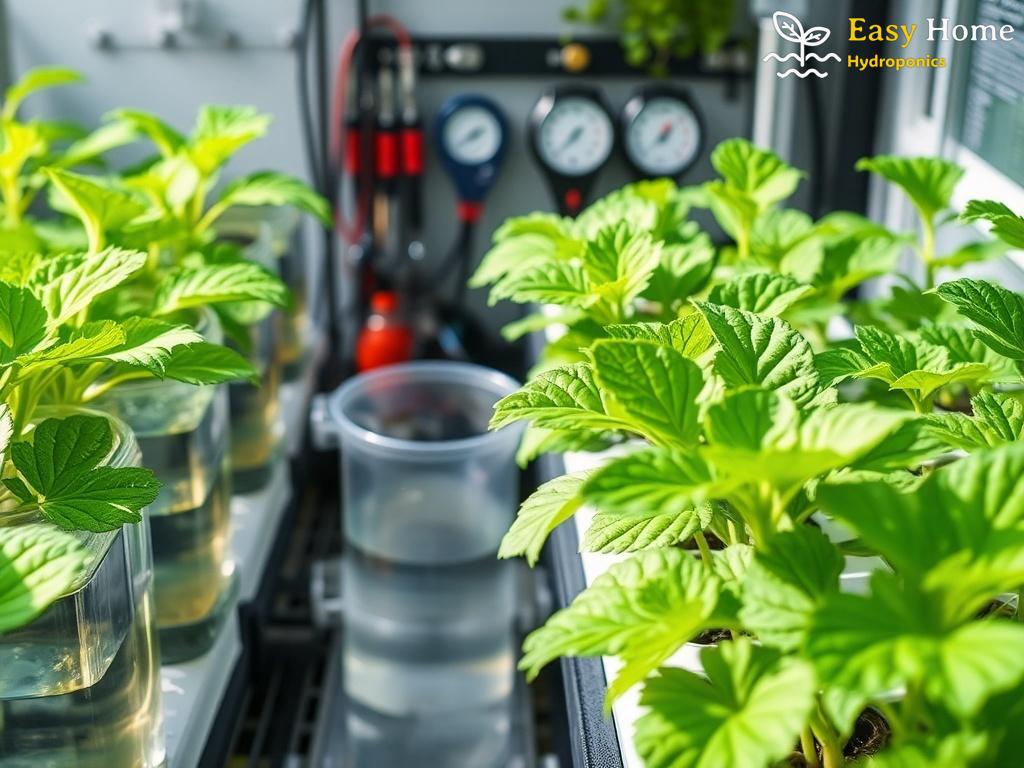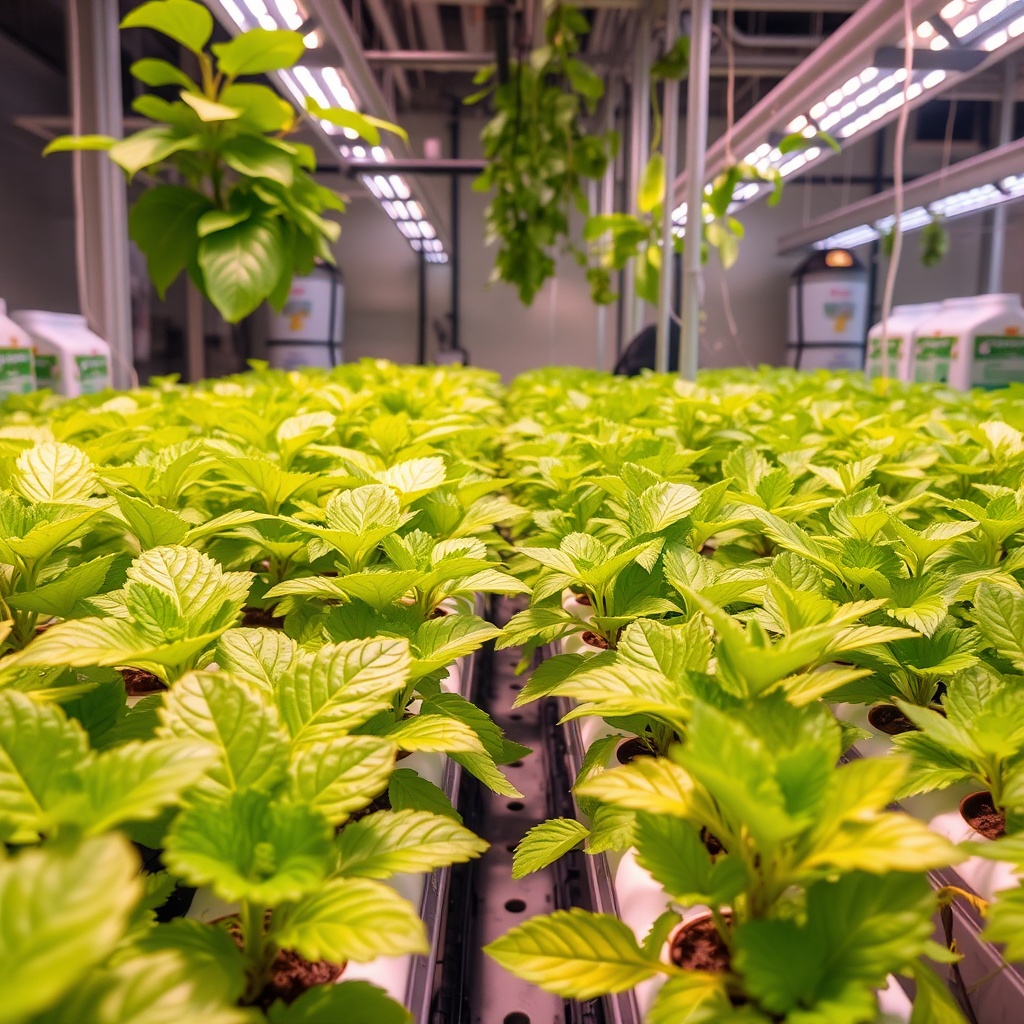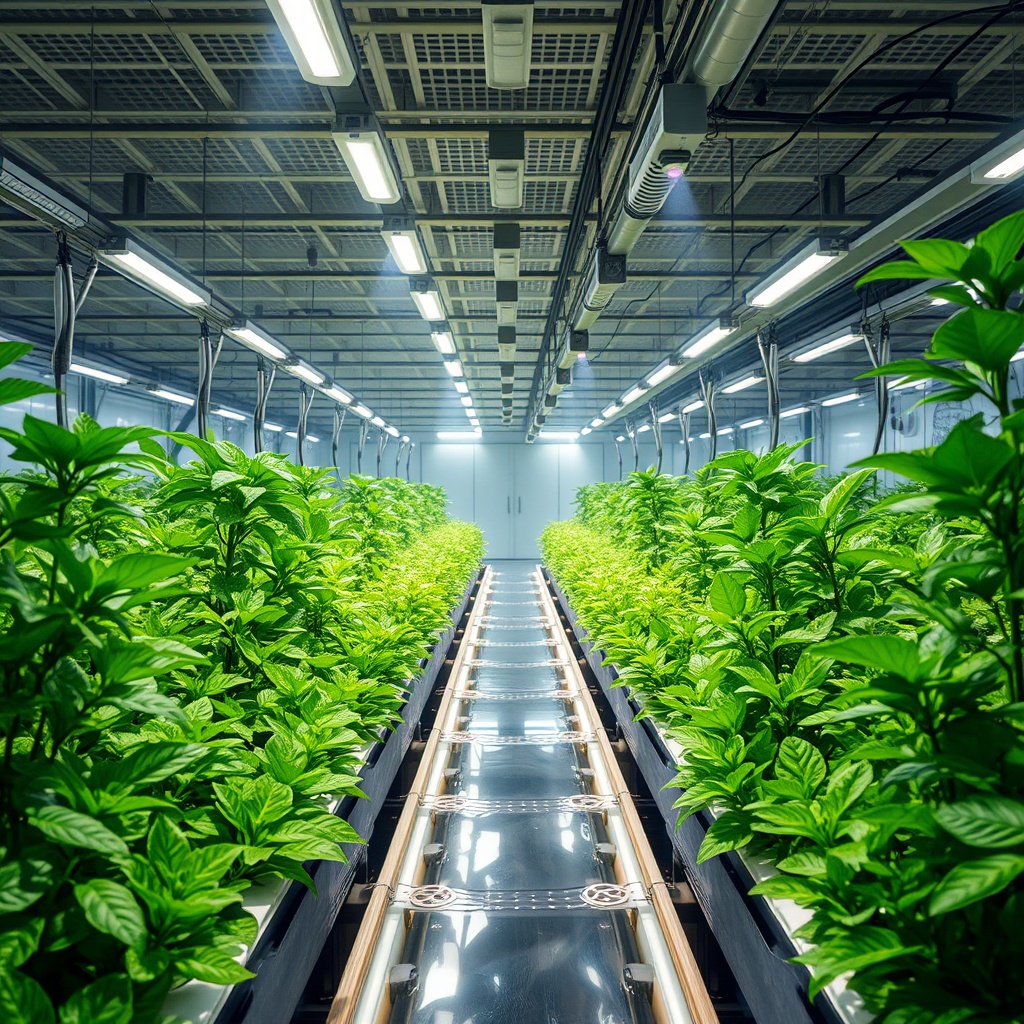In the world of hydroponic gardening, maintaining optimal plant health is paramount. Among the various challenges that growers face, powdery mildew stands out as a notorious foe. This fungal disease can swiftly devastate crops if not addressed promptly. With its characteristic white, powdery appearance, powdery mildew can impede growth, reduce yields, and ultimately threaten the viability of your hydroponic system.
Recognizing the early signs of powdery mildew is crucial for effective management. Symptoms typically appear as white or grayish spots on leaves, which can quickly spread across the plant. Factors contributing to powdery mildew include high humidity, poor air circulation, and overcrowding of plants. Understanding these causes helps in developing a proactive approach to prevention.
Here’s a quick overview of the symptoms and contributing factors:
- Symptoms: White powdery spots on leaves, stunted growth, yellowing leaves, and premature leaf drop.
- Contributing Factors: High humidity levels, inadequate air circulation, and excessive nitrogen fertilization.
Once powdery mildew has been identified, swift action is essential. There are various strategies to manage and prevent this fungal menace in hydroponic systems. Implementing a combination of cultural practices, environmental controls, and organic treatments can create an inhospitable environment for the fungus.
Consider the following innovative strategies:
- Maintain Optimal Humidity: Keep humidity levels below 50% to deter growth.
- Improve Airflow: Space plants adequately and use fans to enhance circulation.
- Regular Monitoring: Inspect plants frequently for early signs and take immediate action if detected.
- Natural Treatments: Use solutions like neem oil or potassium bicarbonate as organic fungicides.
By adopting these practices, hydroponic growers can significantly reduce the risk of powdery mildew and ensure a thriving, healthy crop.




